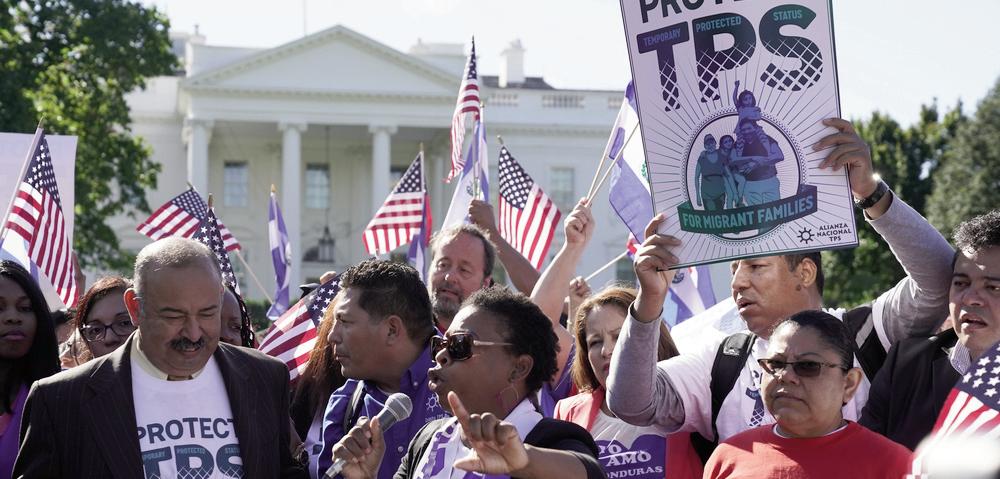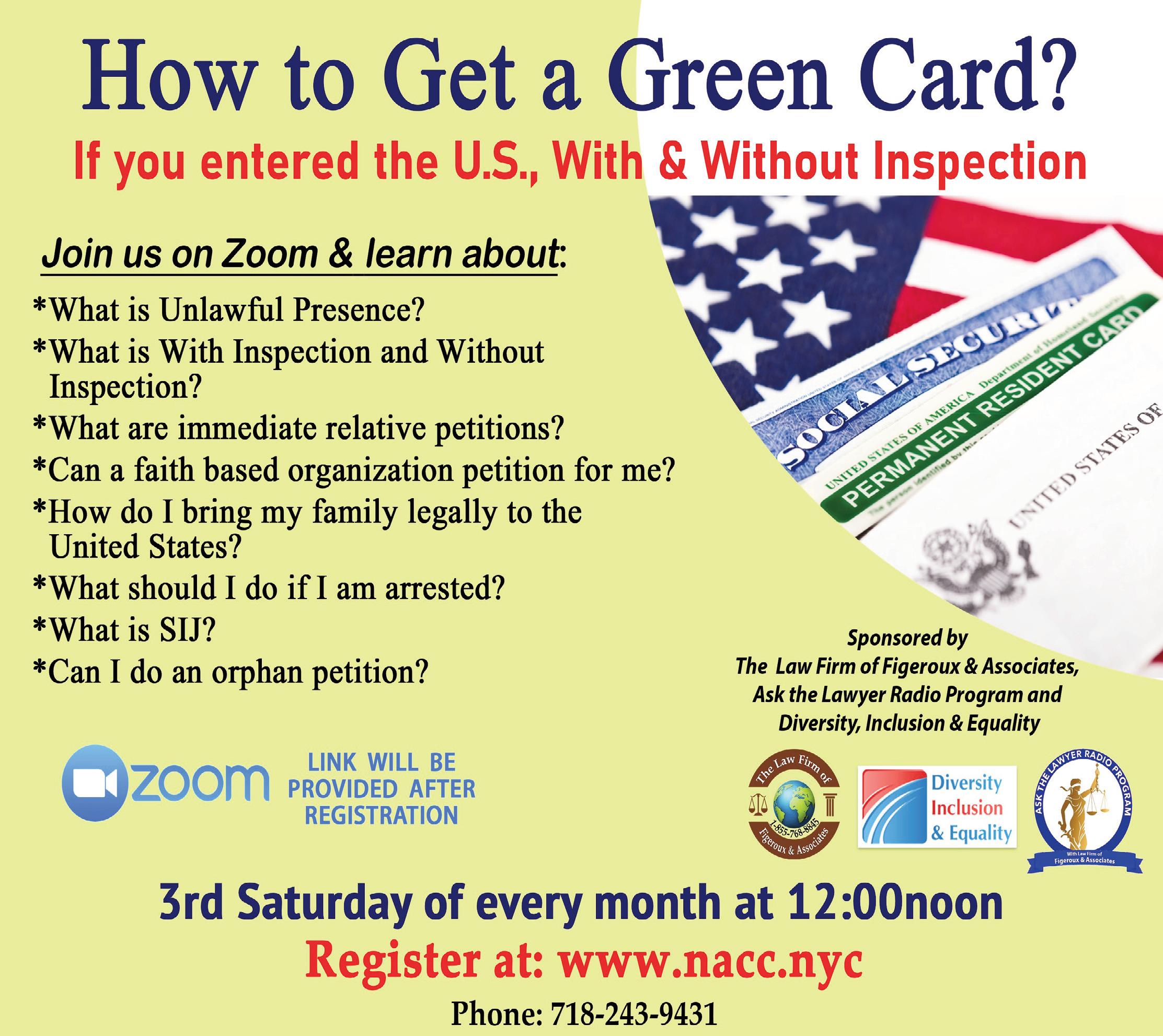
7 minute read
Parenting 101: Five Ways to Avoid Yelling at Young Children
5 Ways to Avoid Yelling at Young Children
BY JANET HOWARD 311DIVORCE.COM
Advertisement
Have you ever felt like a screaming psychopath when dealing with your young children? A study at Harvard University a few years ago concluded that at least 89 percent admitted to yelling at their kids at times in their lives. If you're one of these people, does this mean that you have a short temper? Not necessarily. It can, however, mean that when you become frustrated, yelling is a knee-jerk reaction. Perhaps you're being pulled in different directions at once (literally and figuratively), or maybe you see your children doing something that you've specifically told them not to do. Shouting for them to stop can often be the result. So, what can you do instead? Here are some options:
1. Establish warnings for your children Children should be warned that if they are fighting in the car or stalling at bedtime, you might get loud. Warning such as "I've asked you X number of times to do that; do it now before you get timeout." Sometimes, that simple warning can be enough to persuade kids to calm down. 2. Give them the lesson later Shouting isn't an effective method to communicate. It can also provoke children to act out aggressively or ignore your yelling over time. Sometimes you can be more effective in the moment by practicing a bit of self-control. Did your young child make a mess in the kitchen? Did your son or a daughter ignore you when you told them to prepare for bed? Try to take a beat or two to before correcting your child's actions. For example, consider asking them about their day and then explain to them why what they did was wrong.
3. Know when you're easily triggered Yelling is not something that happens out of the blue. It's often a response to an action, particular trigger. You can avoid blowing a gasket if you can identify the trigger. Find out what triggers you have and make a mental note of them. Perhaps you're tired and irritable in the evening when you get off work. Or maybe you have less patience in the morning before you've had a chance to eat or prepare for the day. Being more aware of your choices will allow you to be more mindful and exercise patience when you know that you may be easily agitated. 4. Be realistic about your expectations Keep in mind that children are constantly developing, which means that their brains are still growing. So, at times they may not be able to understand the concept that you are teaching them. Patience is key. It helps to be realistic about what you expect them to understand and remember. Often, your expectations can be the source of your frustration. Try not to get angry when you have to repeat something to your child that you told them earlier in the day. Instead, find ways to help them remember it, such as writing it down for them or having them repeat it back to you.
5. Be proactive Almost every parent can agree that getting children out of bed in the morning can be a bit of a headache. In some cases, it can escalate into a full-on shouting match. One of the best responses to this is to be proactive. For example, if you know that your child doesn't like getting up in the morning, try waking them up about 15 to 20 minutes earlier than needed. If you know that they need to wind down before bedtime, consider using various methods to calm them down, including bedtime stories or a small snack before it's time to hit the sack. Yelling at children can be an unexpected response to them behaving in a way that undermines your authority or ignores the rules that you've set for them. Try to keep your cool in these situations by remaining focused on communicating effectively to them. This doesn't mean that you can't speak to your children in a sharp and stern tone; it just means that you don't have to lose your voice in the process.l

Do You Qualify for Temporary Protected Status?
In 2017 and 2018, the Trump administration ended TPS designations for El Salvador, Haiti, Honduras, Nepal, Nicaragua, and Sudan. Those terminations were initially blocked by courts. But, on September 14, 2020, a federal appeals court issued a decision that allows terminations of TPS for those countries to move forward. The termination of Haitian TPS is still blocked under a separate court order. However, on February 16, 2021, the Court agreed to pause the proceedings for 90 days in anticipation of action from the Biden Administration that could impact the litigation. TPS remains in effect for El Salvador, Haiti, Honduras, Nepal, Nicaragua, and Sudan. Due to the ongoing legal challenges, on December 9, 2020, USCIS automatically extended the validity of TPS documents for El Salvador, Haiti, Honduras, Nepal, Nicaragua, and Sudan through October 4, 2021.

What is Temporary Protected Status (TPS)? Temporary Protected Status (TPS) allows individuals from certain countries to remain in the United States if it is unsafe for them to return to their home country due to a humanitarian emergency there. For example, the federal government may designate a country for TPS if there is an armed conflict (e.g., civil war) or a natural disaster (e.g., earthquake). TPS enables recipients to work in the United States lawfully and protects them from deportation as long as the TPS designation is in effect. In order to receive TPS, applicants must prove that they have lived continuously in the United States since a date specified by the federal government. Countries' TPS designations come up for renewal at 6 to 18-month intervals, at which point the federal government again makes a determination about whether a given country can absorb its returning nationals safely. Recipients must re-register for TPS if a TPS designation is extended, or in some cases ended.
Editorial credit: Phil Pasquini / Shutterstock.com
Updates on Temporary Protected Status (TPS) Program The federal government has recently made new announcements and published new guidelines regarding the Temporary Protected Status (TPS) program, which provides temporary legal status to certain immigrants.
Haiti Redesignated for TPS On May 22nd, the Department of Homeland Security (DHS) designated Haiti for TPS for 18 months. This would allow any Haitian national currently residing in the United States to file applications for TPS. However, this redesignation has not yet gone into effect; a notice with details about how to apply will be available later. Under this new redesignation, existing Haitian TPS beneficiaries will still be able to retain their TPS and TPS-related documents, and DHS will continue to extend the benefit and documents as required to comply with court orders. These beneficiaries can also choose to apply under the new designation to receive TPS for the entire 18-month period that will be described in the soonto-be published Federal Register notice.
TPS Updates for Burma/Myanmar The Department of Homeland Security designated Myanmar/Burma for Temporary Protected Status in March and has recently made this official by publishing the policy in the Federal Register. Through this Federal Register Notice, DHS is officially designating Burma for TPS for 18 months, effective through November 25, 2022. This designation allows eligible Burmese nationals who have continuously resided in the United States since March 11, 2021 and have been continuously physically present in the United States since the date of publication to the Federal Register, to apply for TPS. Eligible individuals must apply by November 22, 2021.
TPS for Venezuela As of March 2021, the Biden Administration announced TPS for may qualify if you are a Venezuelan national who has been continuously in the United States from March 8, 2021 to the date you file your application. Consult with a trusted legal service provider to determine if you are eligible to applyVenezuelans who meet certain requirements may be eligible to apply.
Other Countries Nepal: USCIS automatically extended TPS documents through October 4, 2021. The TPS designation for Nepal remains in effect pending further court order. Somalia: TPS extended through September 17, 2021. Sudan: USCIS automatically extended TPS documents through October 4, 2021. The TPS designation for Sudan remains in effect pending further court order. South Sudan:TPS extended through May 2, 2022. Syria: TPS extended through September 30, 2022.
Remember, immigration law is complicated. Beware of fraudulent immigration providers who may make false promises.l




